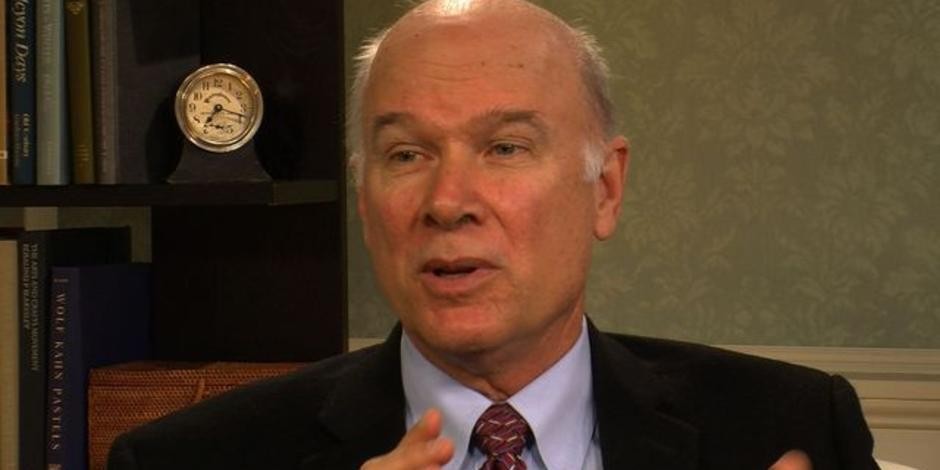Biggest 401(k) mistakes and how to avoid them CBS News
Post on: 28 Май, 2015 No Comment

Most people have high hopes when they join their company’s 401(k) plan. With any luck, the process is easy, the choices are clear and you benefit from your company matching some of your contributions.
But merely joining the plan and contributing to it regularly aren’t enough to guarantee a secure retirement. There are plenty of pitfalls along the way 401(k) investors can fall prey to. Here are some of the biggest 401(k) mistakes to avoid:
Cashing out early
One of the weaknesses of 401(k) plans is that too often workers start an account in the plan and then cash it out when they leave their employer after only a few years of working there.
Nearly half of all workers cash out their 401(k) savings when they change jobs even though they have to pay personal income tax and a ten percent penalty for early withdrawal. Most of the workers who do cash out are younger workers with smaller balances. They figure it’s a small amount of money that’s not worth the trouble to save.
The problem is that cashing out these small 401(k) plan account balances can have a significant impact on future retirement savings. Workers are likely to change jobs five to seven times before they settle into a long-term job. If they cash out every two years, they could find themselves with nothing saved for retirement well into their 30’s.
Instead of cashing out, transfer your 401(k) into your new employer’s plan. Before you do, make sure the new employer’s 401(k) plan is as good as the previous plan. When you do this, you can continue to invest and grow your retirement savings. If your new employer’s 401(k) plan does not permit transfers, then consider rolling it over to an individual retirement account (IRA).
Not saving enough
For most workers, their employer’s 401(k) plan provides employer-paid matching contributions, typically up to six percent of pay. When you are automatically enrolled in your plan, make it a point to increase your contributions to an amount that is at least enough to get the full matching contributions from your employer.
But even saving six percent in your 401(k) isn’t sufficient to build adequate retirement savings for most workers. Today most people need to contribute at least 10 percent of their gross income to their 401(k) plan account.
Thinking bonds are a safe investment
Stock funds have had a good run in the past year. But the returns of bond funds havn’t been as good. As interest rates have begun to rise, many bond funds have declined.
This matters to 401(k) investors because many people invest in bonds to reduce risk and lock in more stable returns. But if interest rates continue to rise, bond fund returns could suffer. Plus, they won’t perform as well as stocks and are unlikely to keep up with inflation in the long run.
If your employer’s 401(k) plan offers a stable value fund, consider using it instead in place of a bond fund. These funds are typically managed by a bank or insurance company that pays a stated interest rate for a set period. They provide a low, but fixed interest rate and a promise of a stable principal value.
If your 401(k) plan does not offer a stable value fund, then look for a bond fund with a low duration, or average maturity of its bond holdings, of less than five years. Short-term bond funds will hold up better during the time when rates are rising. And make sure to keep a portion of your portfolio in equities.

Taking a 401(k) loan
Most retirement plan experts will advise you not to borrow money from your 401(k) plan. even if you intend to repay it. The biggest risk of borrowing from your 401(k) is that most plan rules require repayment within 30 to 90 days of leaving your employer. That’s a disaster for someone who suddenly loses their job. If you don’t have the money to pay off the loan, the unpaid balance will be count as income in a taxable distribution.
If you are under the age of 59 1/2 you’ll owe a 10 percent penalty on top of applicable federal and state income taxes. If you don’t have the money to pay the tax, the IRS can collect what you owe by deducting it from your remaining balance, virtually wiping out your retirement savings in the plan.
Not making catch-up contributions
If you are age 50 or older and are contributing $17,500 to your 401(k) account this year and think that’s the most you can contribute, think again. Workers age 50 and over in 2014 can contribute an additional $5,500, for a total contribution of up to $23,000 each year to their 401(k) plan accounts.
When you change jobs and are automatically enrolled in your new employer’s plan, these additional catch-up contributions will not be activated automatically. You need to activate these additional catch-up contributions in your new employer’s plan.
Given how easy it is to make mistakes with your 401(k), there’s a good chance you’ll need to make these catch-up contributions as retirement years approach.
2014 CBS Interactive Inc. All Rights Reserved.














